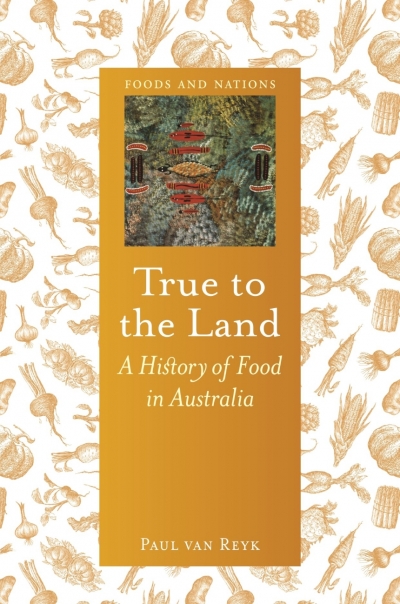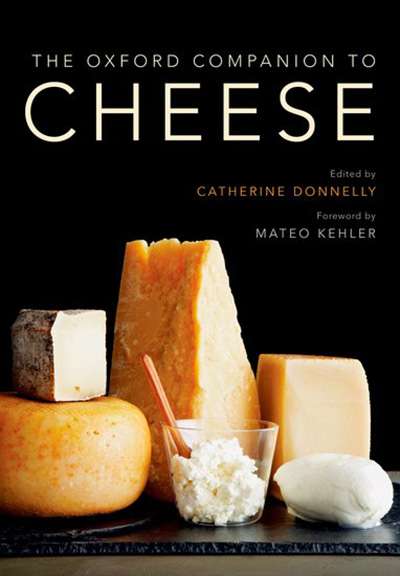Food
True to the Land: A history of food in Australia by Paul van Reyk
Coming to my Senses: The making of a counterculture cook by Alice Waters
The Oxford Companion to Cheese edited by Catherine Donnelly
The Edible Monument: The Art of Food for Festivals book edited by Marcia Reed & Food in Art: From Prehistory to the Renaissance by Gillian Riley
The Essence of French Cooking by Michel Roux & The Best of Gretta Anna with Martin Teplitzky by Gretta Anna Teplitzky and Martin Teplitzky
The English and Australian Cookery Book by Edward Abbott & The English and Australian Cookery Book Companion: 1864–2014 Sesquicentenary Edition edited by Edward Abbott
The Australian sweet tooth and ongoing love of cakes and desserts is evident in two recent publications. Both cover the basics as well as offering more ambitious fare; they are good places to start if this is your thing.
Phillippa Grogan’s eponymous pâtisserie in Melbourne, established in 1994, offers the type of baked goods presented in this publication: breads, cakes and biscuits, quiches and tarts, superbly made and flavoured and stylishly presented. Novel at the time, the business rapidly became a success and has since expanded considerably. As is de rigueur nowadays for cooks, the book of the shop has followed: Phillippa’s Home Baking (Lantern, $49.95 hb, 313 pp, 9781921383311), co-written with Richard Cornish. Baking, more than any other type of cookery except confectionery, requires precision and accuracy, and this is reflected in the succinct, no-nonsense style of the clearly set out recipes and introductions.
... (read more)








